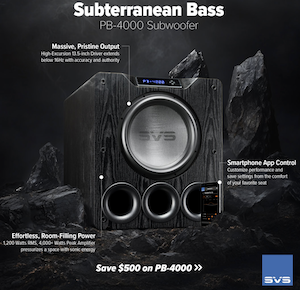icbcodc, I would rather stop measuring.
We don't have Claus Futtrup's experience (do we ?) nor the professional equipment he has at his disposal, as this is his job. Also, we don't have any large diameter woofer specimens in the Speakerbench database to compare. And as John once said, (sic) models have limitations.
If you follow JL Audio's recommendations for the size of the enclosure, you should have no problems with your speaker.
But if you want to continue, you need to report the errors returned by Speakerbench when you want to export your zma files.
Cheers.
We don't have Claus Futtrup's experience (do we ?) nor the professional equipment he has at his disposal, as this is his job. Also, we don't have any large diameter woofer specimens in the Speakerbench database to compare. And as John once said, (sic) models have limitations.
If you follow JL Audio's recommendations for the size of the enclosure, you should have no problems with your speaker.
But if you want to continue, you need to report the errors returned by Speakerbench when you want to export your zma files.
Cheers.














